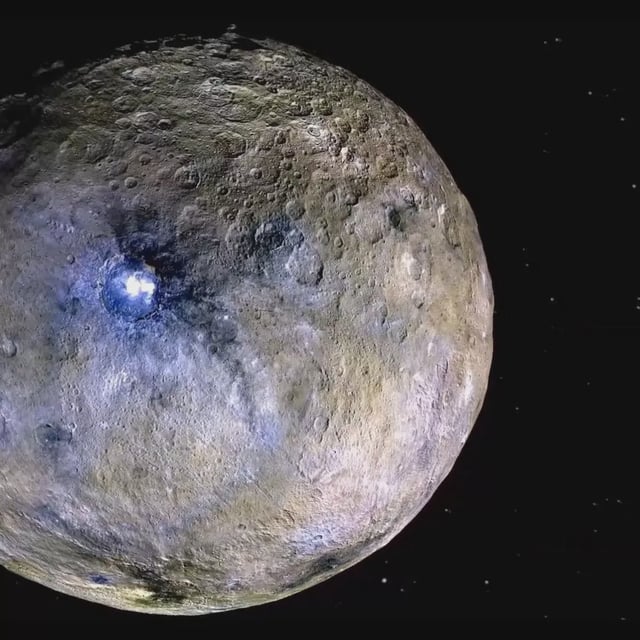Overview
- A peer-reviewed Science Advances paper published Aug. 20 models Ceres’ interior using Dawn mission constraints and finds sustained inputs of hot, gas- and mineral-rich fluids to a subsurface ocean in the distant past.
- The proposed driver was radioactive heating and metamorphism in the rocky core, which could have released dissolved molecules that fuel microbial metabolisms on Earth.
- Researchers place the likely window for such conditions between roughly 0.5 and 2 billion years after Ceres formed, or about 2.5 to 4 billion years ago.
- Dawn previously detected bright surface salts from upwelling liquid, a large subsurface brine reservoir, and organic carbon compounds, establishing water and organics before this energy source was modeled.
- Scientists stress there is no evidence of life and that Ceres today is colder with mostly frozen, concentrated brines, though the mechanism may extend transient habitability to many similar mid-sized icy worlds.



